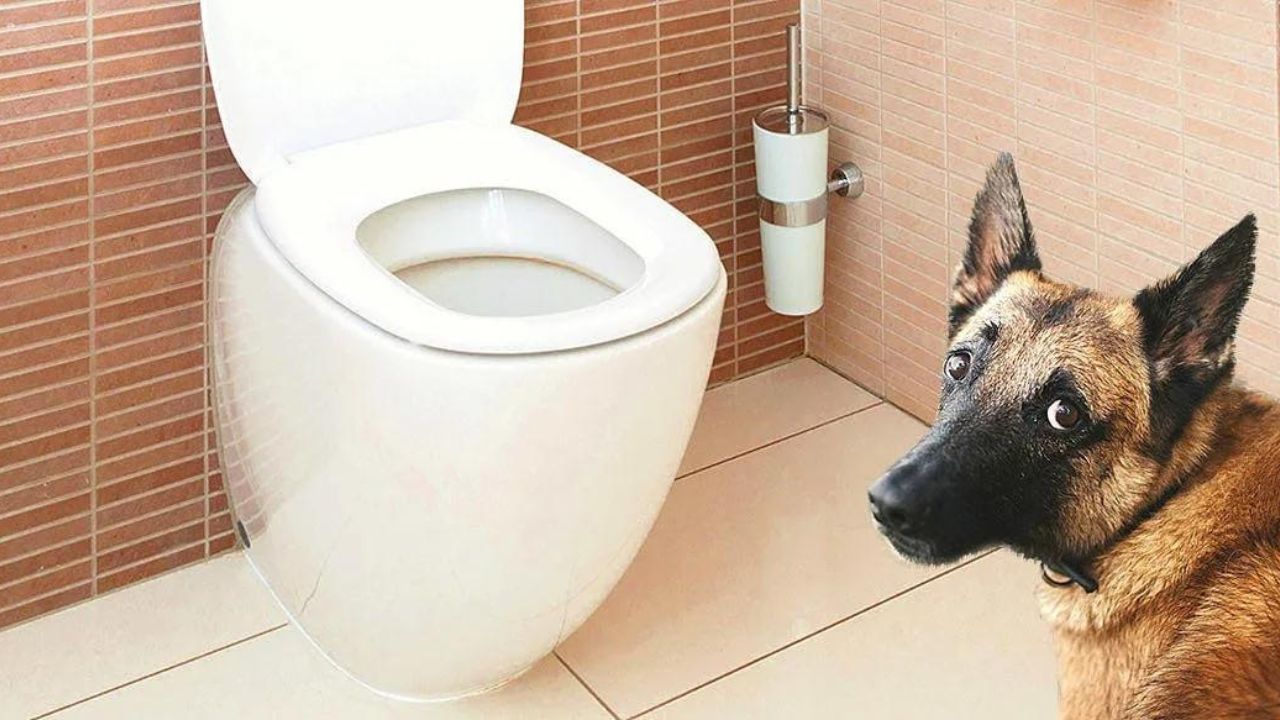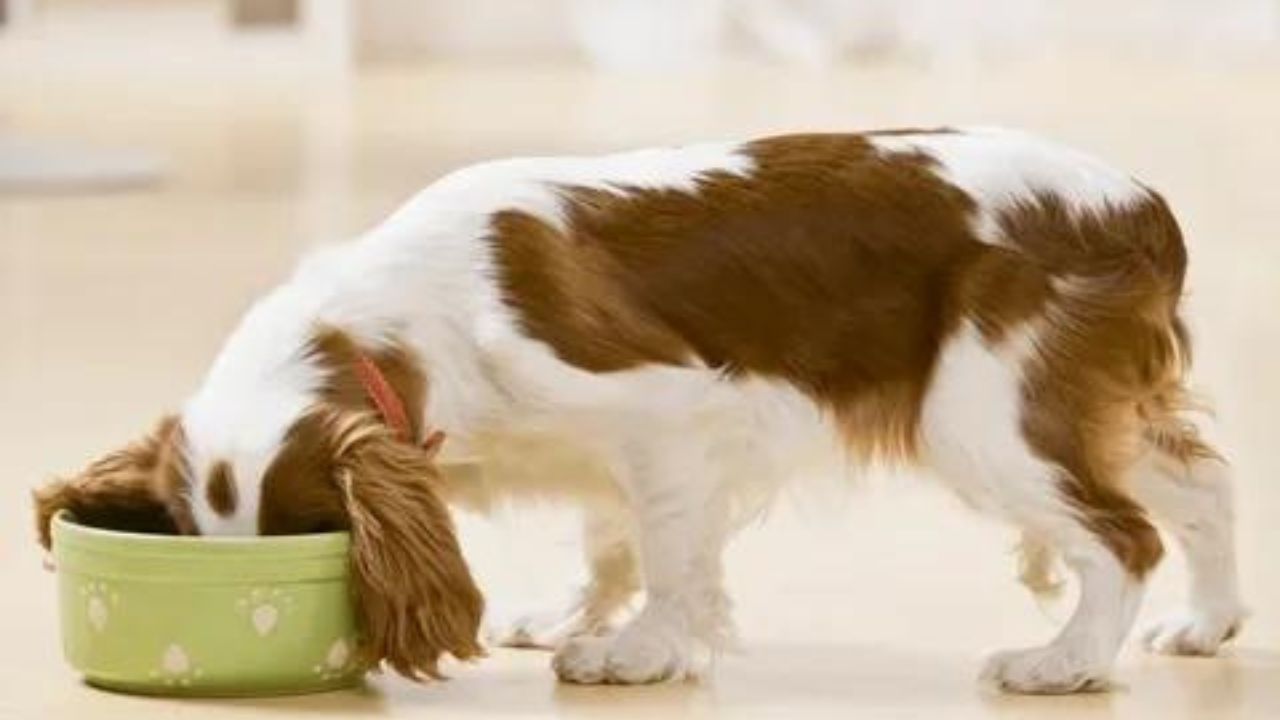
Crate training is a popular and effective method for house-training puppies. It involves teaching your puppy to view their crate as a safe, comfortable space to rest and sleep. However, crate training can be challenging for some pet owners. This blog post will explore the best ways to crate-train a puppy to ensure the process is stress-free for you and your furry friend. From selecting the right crate to gradually introducing your puppy to its new environment, we will cover all the essential steps you need to take to make crate training a success.
Choosing the Right Crate
- Measuring your puppy
- Selecting the right size crate
- Choosing the type of crate
- Choosing the right material for the crate
- Adding comfortable bedding in the crate
The crate training process
Crate training is a process that can take some time and patience. It involves gradually introducing your puppy to the crate and building a routine around its use of it. The first step is to choose the right size crate for your puppy, which is not too big or too small. Once you have the crate, you can begin introducing it to your puppy by placing treats and toys inside and leaving the door open.
As your puppy becomes comfortable going in and out of the crate, you can start feeding them their meals inside the crate and closing the door for short periods. It is important to gradually increase your puppy’s time in the crate so they don’t become anxious or upset.
To build a routine around the crate, you can use it for nap times, bedtime, and when you leave the house. Provide plenty of toys and treats to keep your puppy occupied and make the crate a positive place.
It is important to avoid common mistakes, such as using the crate as punishment or leaving your puppy in the crate for too long. Gradually increasing your puppy’s freedom outside the crate is also important.
Introducing the Crate to Your Puppy
In this section, we will discuss the importance of introducing the crate to your puppy and the steps you can take to make the process easier. This includes getting your puppy accustomed to the crate and making it a comfortable and safe space. We will also discuss the different types of crates available and how to choose the right size for your puppy.
Building a Routine
Establishing a routine is important to successfully crate-train your puppy. This includes setting specific times for meals, playtime, and potty breaks. Your puppy should be taken outside for a potty break immediately after being let out of the crate and after meals and playtime.
Consistency is key when establishing a routine, and it’s important to stick to it as closely as possible. This will help your puppy feel more comfortable and secure in their crate, as they will know what to expect and when to expect it. It will also help prevent accidents and make the crate training process smoother.
Common Mistakes to Avoid
Here are some possible points for the section on “Common Mistakes to Avoid” when crate training a puppy:
- Leaving the puppy in the crate too long: Puppies have small bladders and can’t hold their pee for too long. It’s important to gradually increase the time the puppy spends in the crate and frequently take them outdoors for potty breaks.
- Using the crate as punishment: The crate should
- Used. If the puppy misbehaves, it should be redirected to positive behaviour rather than sent to the crate.
- Not making the crate comfortable: The crate should be a comfortable and inviting space for the puppy. Ensure to provide bedding, toys, and treats make the crate a positive experience for the puppy.
- Not being consistent: Consistency is key when it comes to crate training. Everyone in the household should be on the same page and follow the same routine as the puppy.
- Graduating too quickly: Gradually increasing the time the puppy spends in the crate is important, but it’s also important not to graduate too quickly. If the puppy shows signs of distress or anxiety, slow down and give them more time to adjust to the crate.
Gradual Freedom
Once your puppy is comfortable spending time in the crate, you can gradually increase its freedom outside of it. Start by leaving the door open and allowing them to come and go as they please while you are still in the room.
After that, you can gradually increase the time they spend outside the crate while you are not in the room. However, it is important to leave them alone for a short time.
Gradually, your puppy will become comfortable spending long periods outside the crate. Eventually, you can eliminate the crate if you feel your puppy is ready.
It is important to note that crate training should not be used as a means of punishment or as a substitute for spending time with your puppy. It should be a positive experience for them and a tool to help with potty training and provide a safe space.
Potential problems
Some potential problems that may arise during crate training include:
- Whining or barking: When introducing your dog to the crate, they may whine or bark to express their discomfort or anxiety. It is important to ignore these behaviours and not give in to your dog’s demands to be let out.
- Chewing or scratching: Some dogs may try to chew or scratch their way out of the crate, damaging it and potentially harming the dog. To prevent this behaviour, ensure the crate is sturdy and provide appropriate chew toys and treats to keep your dog occupied.
- Accidents in the crate: Dogs may have accidents in the crate, particularly if they are left in there for too long or do not have access to water. Be sure to provide frequent potty and water breaks and gradually increase your dog’s time in the crate.
- Separation anxiety: Some dogs may experience separation anxiety when left alone in the crate. To prevent this, gradually introduce your dog to the crate and increase the amount of time they spend in it over time. Consider leaving a piece of clothing with your scent on it in the crate to comfort your dog.
Conclusion
In conclusion, crate training is an effective and humane way to house-train your puppy and keep them safe and secure. Choosing the right crate, introducing it gradually, building a routine, avoiding common mistakes, and providing gradual freedom are all crucial steps to successfully crate training your puppy.
It may take time, patience, and consistency, but your puppy can become comfortable and happy in their crate with the right approach. Remember always to provide plenty of positive reinforcement and never use the crate as a punishment. With these tips, you and your puppy can enjoy the benefits of crate training for years to come.







